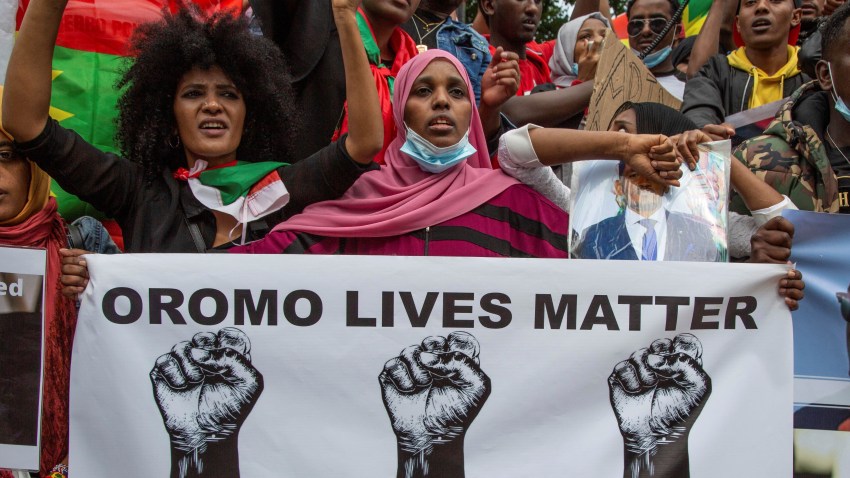A first round of peace talks between the Ethiopian federal government and rebels from the country’s Oromia region held at the end of April ended without an agreement to permanently halt their hostilities. The negotiations centered on the decades-long conflict between government forces and the Oromo Liberation Front-Oromo Liberation Army, or OLF-OLA, which continues to cause immense suffering and cripple the region’s economy.
The ongoing insurgency in Oromia was largely overshadowed by the two-year war in the northern Tigray region between the Ethiopian government and its allies on one side, and the Tigray People’s Liberation Front, or TPLF, on the other. But the fighting actually intensified alongside the Tigray war, during which OLA forces were able to take control of large swathes of Oromia.
With the end of the war in Tigray in November 2022, the fighting in Oromia—Ethiopia’s largest region, with more than 40 million inhabitants—has continued and even escalated. The stakes are high, raising questions about Ethiopia’s territorial integrity and stability.

